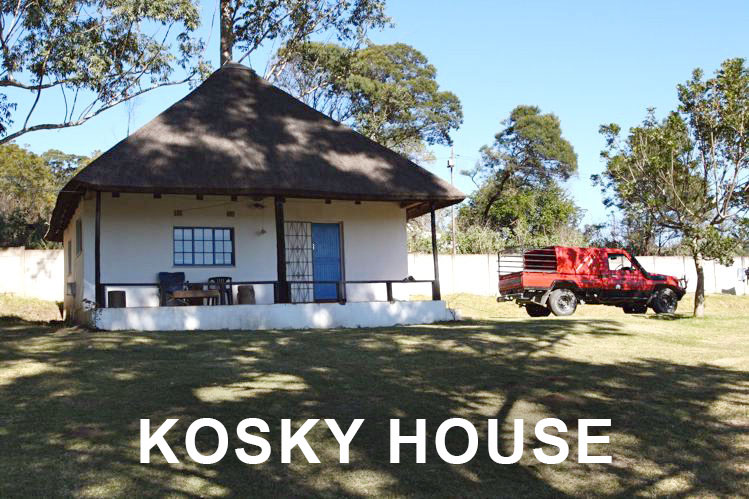
The term, or name, “Transkei” comes from two root words: “trans” (across) and “Kei” (the Great Kei River). This is a region or area located on the southeastern tip of Africa, bordered on the northwest by the Kingdom of Lesotho (known as “the mountain kingdom”), on the southeast by the Indian Ocean, on the northeast by the Umtamvuna River, and on the southwest by the Great Kei River.
The total geographical area of the Transkei is 8,700 square miles. It is larger than the Netherlands and about twice the size of Massachusetts. Historically, white settlers pushed the Xhosa-speaking tribes north as far as the Great Kei River. Because these settlers viewed the primitive Transkei as too wild and dangerous, they would not cross the Great Kei River to go farther north, which is how the Transkei got its name.
The Transkei is the homeland of the Xhosa people, who represent several Xhosa-speaking tribes. The Transkei began self-governance in 1963, and it finally became recognized as the Republic of Transkei in 1976. In addition to its president and parliamentary cabinet, the Republic of Transkei was also governed by tribal authorities made up of chiefs, tribal kings, and paramount chiefs. In 1994, under great pressure from South Africa, the Republic of Transkei relinquished its independence and was swallowed up by the Republic of South Africa.
It spans a latitude of 30–33° south, a little more than 2,000 miles south of the equator. It has more than 1,000 miles of coastline, and it is commonly referred to as the Wild Coast, due to its untamed nature and lack of development. From its rolling coastal hills to the foot of the mighty Drakensberg Mountains (more than 11,000 feet above sea level), the land is primarily inhabited by tens of thousands of remote tribal villages, which are still governed by local tribal authorities.
The population of the Transkei is around six million, 98% of whom are Xhosa. The unemployment rate is over 70%. The people of the Transkei are primarily supported by subsistence farming, and the main staple crop is millet or maize. Although livestock are raised, they are only eaten at Xhosa ceremonial feasts and special events. Approximately 25% of South African rain falls in the Transkei. The Transkei has officially been renamed the Eastern Cape, but it is still commonly referred to as the Transkei.
